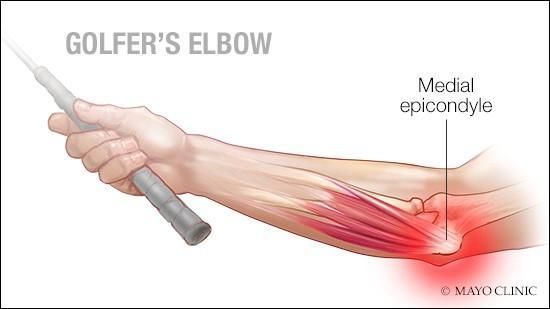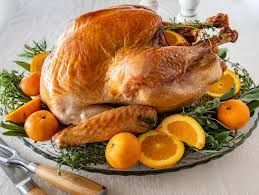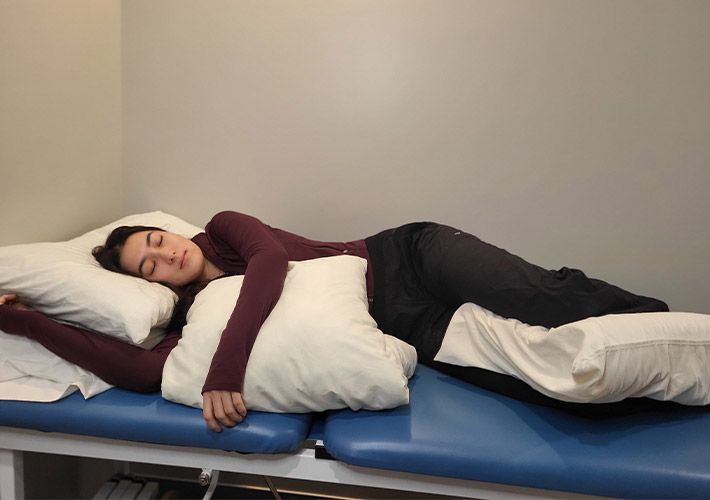Goodbye Golfer’s Elbow

Golfer’s elbow, medically known as medial epicondylitis, is a condition that affects the tendons connecting your forearm to your elbow. Despite its name, it doesn’t only afflict golfers. Tennis players, baseball pitchers, and anyone who engages in repetitive arm motions can develop this painful condition. Understanding how it occurs, how to prevent it, and how to treat it can help you stay on the course and improve your game.
How Golfer’s Elbow Occurs
Golfer’s elbow results from overuse and repetitive stress, which leads to tiny tears in the tendons that attach your forearm muscles to the bony bump on the inside of your elbow. Activities that require a strong grip, such as swinging a golf club, can exacerbate these tears, causing inflammation, pain, and limited range of motion.
Preventing Golfer’s Elbow
Prevention is key in managing golfer’s elbow. Incorporating proper techniques and equipment adjustments can make a significant difference. Here are some tips to help you avoid this painful condition:
- Proper Equipment: Ensure your golf clubs are the correct size and weight. Ill-fitting equipment can cause improper swings and additional stress on your tendons.
- Warm-Up: A proper warm-up routine is essential. Begin with a gentle cardiovascular activity, such as walking or jogging, to increase blood flow to your muscles.
- Stretching: Stretching your forearm muscles can help maintain flexibility and reduce the risk of injury. Here are some effective stretches:
- Wrist Flexor Stretch: Extend your arm in front of you with your palm facing up. Use your other hand to gently pull your fingers back towards your body, feeling a stretch in your forearm. Hold for 15-30 seconds and repeat on the other side.
- Wrist Extensor Stretch: Extend your arm with your palm facing down. Gently pull your hand towards your body with your other hand, stretching the top of your forearm. Hold for 15-30 seconds and repeat on the other side.
- Forearm Pronation/Supination: Hold a lightweight object (such as a golf club) and rotate your forearm from palm-up to palm-down positions. This dynamic stretch can improve flexibility and strength in the forearm muscles.
Alleviating Golfer’s Elbow Pain
If you develop golfer’s elbow, it’s essential to address it promptly to avoid prolonged discomfort. Here are some effective ways to alleviate the pain:
- Rest and Ice: Rest the affected arm and apply ice packs for 15-20 minutes several times a day, to reduce inflammation.
- Chiropractic Care: Regular chiropractic adjustments can ensure proper alignment and reduce strain on your joints and tendons. Let your provider know if you’re experiencing pain in your inner elbow. Our chiropractic professionals can offer personalized care to address your specific needs and help speed up recovery.
- Massage Therapy: Therapeutic massage can relieve muscle tension, improve circulation, and promote healing in the affected area. Our licensed massage therapists can target the forearm muscles and tendons, providing relief from pain and aiding in recovery.
- Strengthening Exercises: Once the initial pain subsides, incorporating strengthening exercises can help prevent recurrence. Focus on exercises that strengthen the forearm muscles and improve grip strength.
Enhancing Your Golf Game with Routine Care
Incorporating regular chiropractic and massage therapy into your routine can do more than just prevent and treat golfer’s elbow—it can enhance your overall performance. Chiropractic adjustments ensure your spine and joints are aligned, optimizing your body’s biomechanics. Massage therapy helps maintain muscle flexibility and reduces the risk of injury by relieving muscle tension and promoting faster recovery.
By warming up properly, stretching regularly, and seeking routine chiropractic and massage care, you can not only prevent golfer’s elbow but also improve your golf game. Our dedicated team is here to support you in achieving peak performance and enjoying a pain-free round of golf. Schedule an appointment with us today before your next tee time!
Bethany Wolcott
D’Youville Chiropractic ‘26












